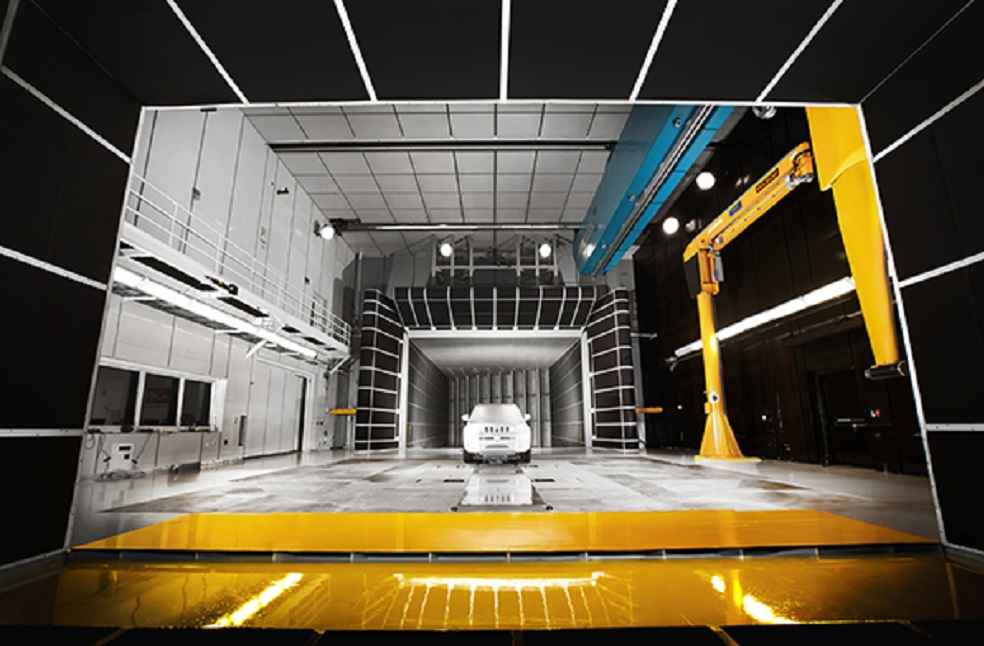Stellantis and Nissan are undergoing major changes affecting their workforce and engineering paths. Stellantis, known for brands like Jeep and Chrysler, is reevaluating the future of its iconic Hemi V8 engine, while Nissan announces layoffs as it realigns focus in an increasingly electrified market.
The Hemi V8, long a symbol of performance, may be phased out or redesigned as Stellantis shifts toward hybrid and electric vehicles to meet stricter emissions regulations and changing consumer demands. This move reflects Stellantis’s broader strategy to innovate and appeal to eco-conscious customers.

While the Hemi’s legacy is powerful, Stellantis’s shift mirrors the industry’s transition to electrification, where electric motors often outperform traditional engines in torque and acceleration. Future models could integrate smaller, efficient engines or hybrid options, preserving performance heritage while meeting modern standards.
Nissan, on the other hand, faces a different challenge. The company is implementing job cuts as part of a restructuring aimed at streamlining operations and focusing on electric vehicle development. This restructuring primarily affects roles considered redundant as Nissan pivots towards new models and technology for competitiveness.
Such layoffs impact affected employees and communities, but Nissan views them as necessary for long-term sustainability, focusing on electric mobility with plans for several new EV models.

Both Stellantis and Nissan highlight the industry-wide shift toward electric vehicles, with automakers reevaluating their roles in a transforming landscape. While fans of the Hemi V8 may mourn its potential loss, Stellantis’s adaptations seek to blend tradition with modern needs. Nissan, meanwhile, is adapting its workforce for sustainable growth, prioritizing investments in electric technology.
As Nissan’s layoffs and Stellantis’s engine revamp highlight corporate responsibility and adaptation, they underscore the theme of transformation driving today’s automotive landscape—companies must evolve or risk falling behind. This era of change marks not just survival but an opportunity to shape the future of automotive power, uniting legacy with innovation.
GENERAL | Automakers Unveil Driverless Taxis at CIIE as Competition for Robotaxis Grows





